
In Sweden, where balance and harmony—lagom—are deeply valued, exhibitions are not just about information; they’re about experience. Adding interactive games to your booth is a modern way to increase footfall, spark curiosity, and leave a lasting impression.
In this article, we’ll introduce 15 exhibition game ideas across four engaging categories for for ProcessTeknik. Whether your goal is brand awareness or meaningful interaction, these ideas are designed to resonate with Swedish audiences who appreciate thoughtful, playful encounters. Our team is here to support your implementation.
When people visit an exhibition, they often appreciate light physical activity—something fun, energizing, and not too complicated. In a society that values simplicity and movement, physical games can be a perfect way to break the ice and attract attention. These games don’t require deep thinking, but they do get people involved—ideal for creating a vibrant booth. For example, take a look at this activation we ran:
Concept: Players race to guide a rolling ball through a life-sized pipeline track. The track is mounted on a large, secure structure shaped like industrial pipes. The objective is to tilt and pivot the structure so the ball reaches the end without dropping through open segments.
Why It Works:
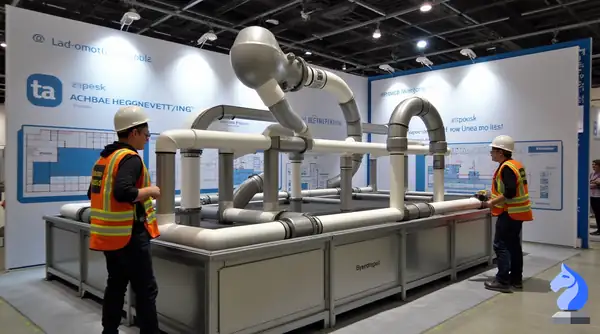
Concept: A giant inflatable or mechanical prop where participants rapidly turn oversized valve wheels to “pressurize” a virtual gauge displayed on a screen in front of them. The gauge must hit an optimal target within two minutes.
Why It Works:
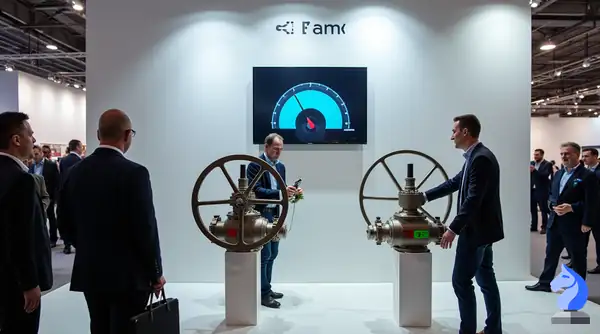
Concept: Using compressed-air cannons (safely regulated) to shoot basketballs into an industrial hoop. The “industrial hoop” could be a large funnel or tube that references the fair’s packaging or filtration technology. Participants have two minutes to make as many baskets as possible.
Why It Works:
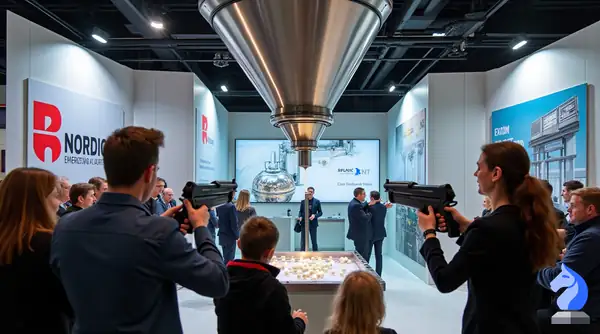
These games work well when placed on a digital stand in your booth and can also be extended to your website, social media, or internal communications. In Sweden, digital interaction is expected to be seamless, accessible, and informative. Knowledge-based games are great for educating visitors in a fun way—and they’re easy to adapt for two-player competition. Here’s a sample from one of our past projects:
Story & Dialogue: The game opens with a brief animated dialogue between two engineers discussing a critical process line. They need help filtering out “contaminants” that could compromise their production pipeline.
Falling Items: Various icons (representing data packets or tiny chemical containers) drop from the top of the screen. Some are labeled with beneficial substances or correct process parameters; others contain faulty or harmful chemicals.
Meaningful Theme & End Line:
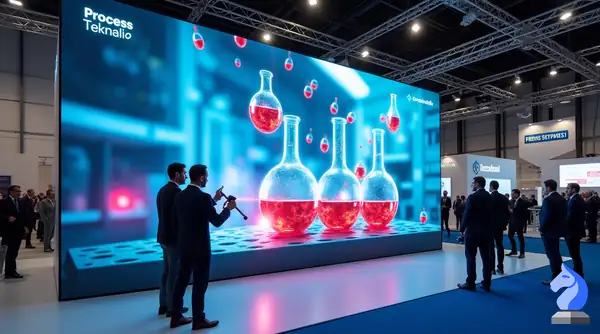
If your goal is to boost engagement while maintaining a challenge, this format is ideal. Visitors try to beat a high score, track their own progress, and climb the leaderboard. This game style aligns well with the Swedish love of fair competition and personal improvement. A transparent leaderboard motivates people to participate again and again. Check out this example:
Below are five original, two-minute digital skill game concepts that tie in smoothly with ProcessTeknik’s industrial flair.
Description: Players see a conveyor belt rapidly moving products—some are properly labeled, others are mislabeled or damaged. By swiping left or right, participants sort out the bad items. The speed increases every 30 seconds, pushing reaction times to the limit. Matches the theme of accurate sorting in packaging lines.
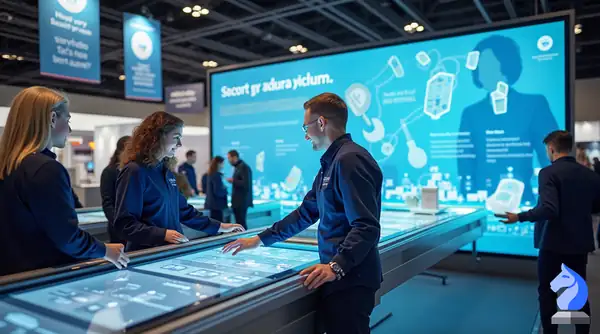
Description: In a high-speed, microscopic world, the player controls a sterilization beam that zaps dangerous microbes while preserving beneficial bacteria. Think of it as a speed-based whack-a-mole, but with industrial safety lab vibes. The game ends if too many harmful microbes remain or if you zap beneficial ones—underscoring the need for precise control in biotech processing.
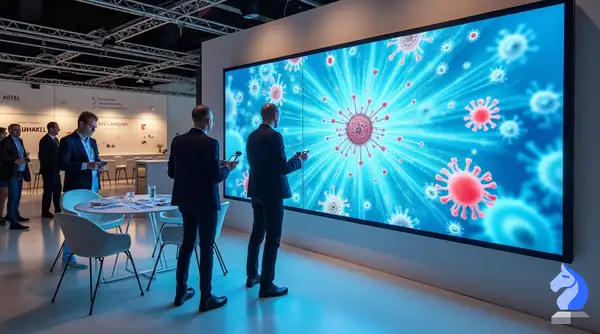
Description: Various pipes on the screen begin to crack, one after another, spewing fluid. The player taps a “sealant tool” on each leak as quickly as possible before the fluid level rises. Real-time pressure meters show how close you are to losing. A fun nod to the importance of maintenance in process engineering.
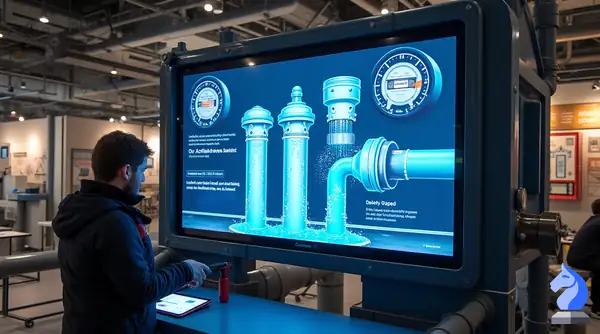
Description: Small components roll down multiple chutes leading to an assembly station. The player must drag and drop them quickly to the correct placeholders before time runs out. If components are misplaced, the line jams. Reflects the hustle and precision of modern automated assembly lines.
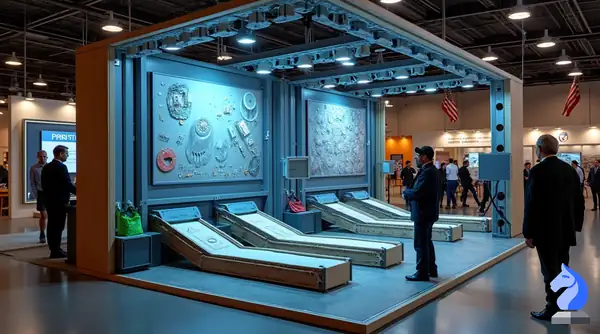
Description: A digital environment with safety hazards (like sparks or chemical spills) popping up on different zones. Players must tap on these zones within seconds to contain the hazards, referencing industrial safety protocols. Each correct tap automatically cleans or blocks the hazard. If the user misses a hazard, the game ends.
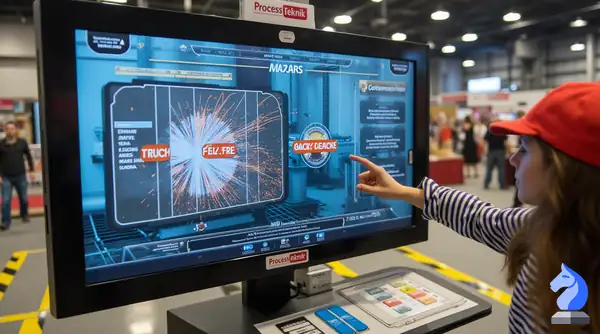
This format works best when your brand is already well-known, and you want to create excitement. If your product or service is unfamiliar, we don’t recommend starting with this type. Swedes often value fairness and transparency, so be sure your chance-based games feel lighthearted and fun—never gimmicky. Here’s how we’ve used it in the past:
Concept: A large digital wheel displayed on a screen (or a physical wheel with a digital overlay). Instead of a classic carnival look, design it like a rotating industrial valve with segmented sections shaped like cogs or gear teeth.
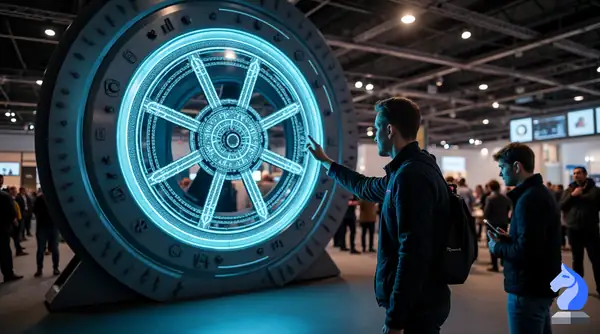
Concept: A slot machine-style game reimagined with icons representing industrial items—pumps, pipes, robots, or safety helmets.
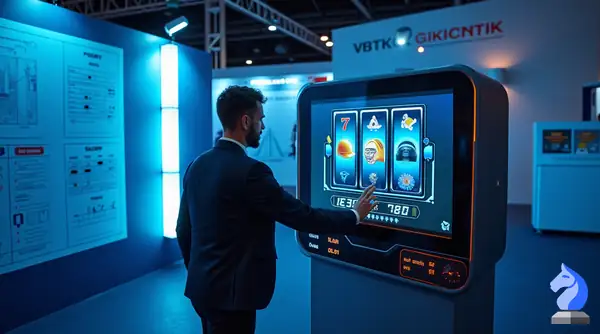
Concept: Plinko is all about dropping a puck and watching it bounce unpredictably. In this version, it’s a digital rendition with an environmental twist: the pegs are shaped like leaves or small turbines.
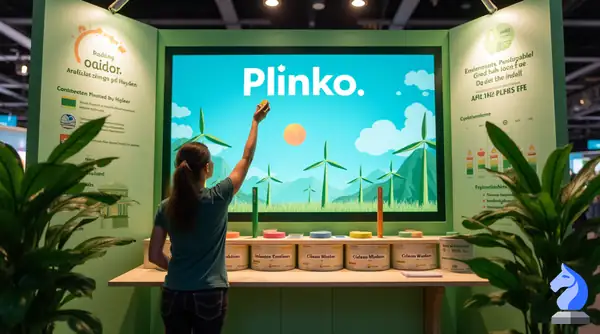
Exhibition games are more than just fun—they’re strategic tools to engage visitors, communicate your message, and differentiate your booth. In a culture that values subtlety and meaningful interaction, gamification offers a respectful and impactful way to connect.
We invite you to explore your options by filling out our Exhibition Game Design Form for for ProcessTeknik. You’ll receive a free one-hour consultation and get to see some of our latest creations. Let’s design something unforgettable together.